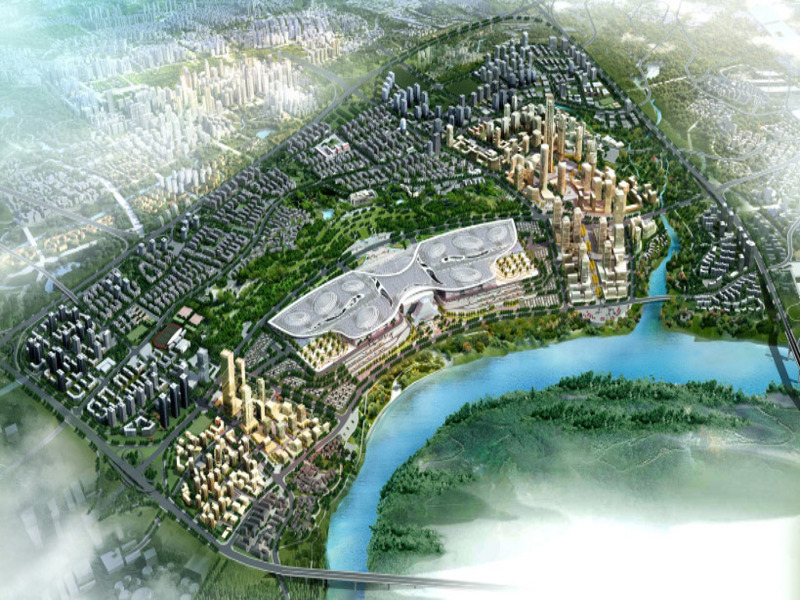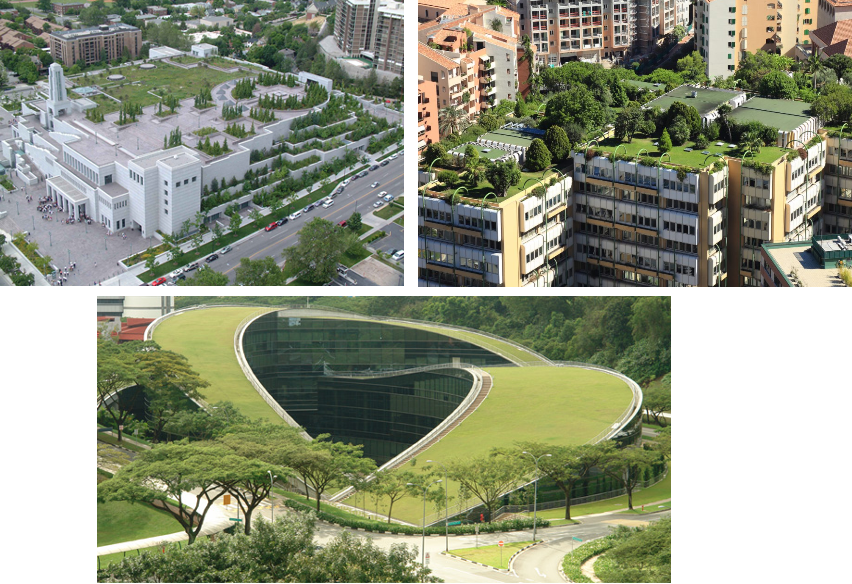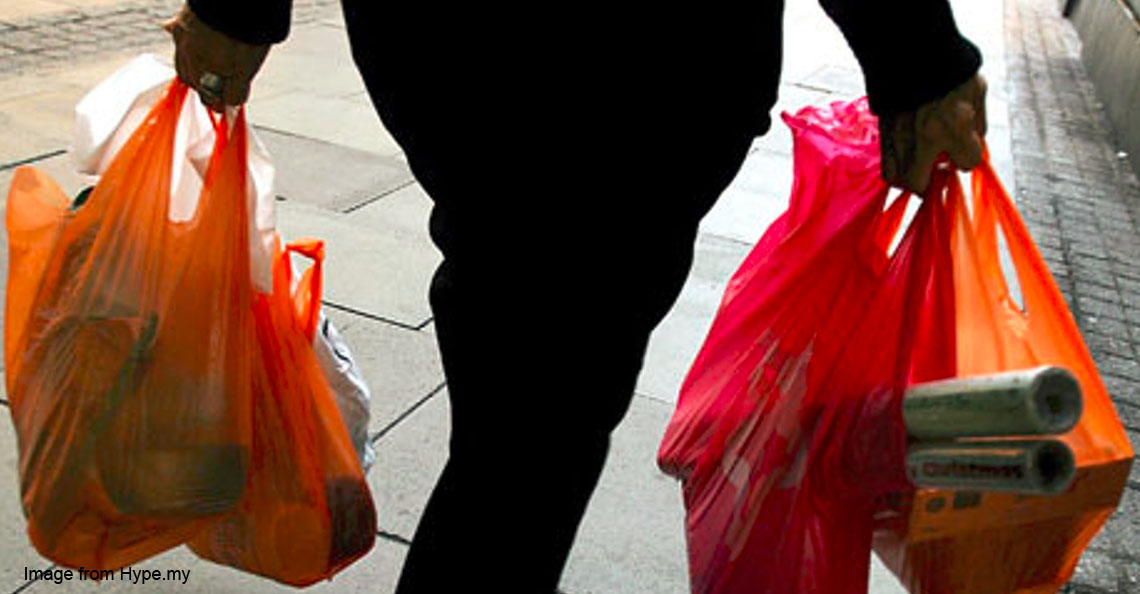China uses ‘sponges’ to deal with floods, and Malaysia may soon copy it. But will it work?

- 850Shares
- Facebook754
- Twitter10
- LinkedIn12
- Email26
- WhatsApp44
While CILISOS and SOSCILI were enjoying the sun and sand in Langkawi last week, our phones were buzzing with updates on flash floods that hit Petaling Jaya, Gombak and Sungai Buloh. We heard that some cars and houses RIP, and a FLYOVER in PJ was flooded. Gravity, you have no power here!

This prompted a columnist to write about how Malaysia could maybe try out a certain method China is implementing to deal with their flood, involving… sponges. The columnist, Penangite Martin Khor, is the Executive Director of South Centre (an intergovernmental, independent think tank for developing nations, which also has street cred with the UN).
If you didn’t think so before, China has a pretty nasty flood problem…we’re talking WET AND WILD! Most recently, the June 2017 incident affected 14.9 million people across 10 provinces. We won’t even go into the 1931 Yellow River incident, literally the deadliest flood disaster in history. The number of Chinese cities struck by floods has more than doubled since 2008. So err, banjir-wise, guess Malaysia and Tongsan are in the same…boat (heh).
How did China combat flood? China sucks it up with a giant sponge!

China has finally had it up to here with floods (literally! haha). After the massive downpour in 2012 that turned Beijing into Sunway Lagoon, flood prevention skyrocketed up the country’s agenda. “To date, the emphasis of this work has been on responding to disasters rather than preventing them,” said senior flood official Cheng Xiaotao.
As a result, they turned major urban areas into giant ‘sponges’. When the Sponge City project was announced in March 2015 by the Chinese government, 130 cities were like, ‘pick me, pick me’. Ultimately, 16 were chosen to be the next top ‘model sponge cities’. Later it was extended to 30 cities, including Shanghai. Cool! We can already name some Malaysian states that deserve to be on that list – flood prone areas like Kelantan, Terengganu, Penang, Sabah, Sarawak and KL, to name a few.
But dude, what are Sponge Cities and how do they prevent floods?

It would be hilarious, if a teeeeensy bit inconvenient if China really created Godzilla sponges and put them right smack in the heart of the 30 cities (buy wholesale from Alibaba la), but this ain’t Bikini Bottom.
“The first thing is to try and preserve or restore natural waterways, because that is the natural way to reduce the flooding risk. In Wuhan, for example, the main problem is that a lot of small rivers were filled in during building. That is a benefit the Lingang area has, as there is still a lot of agricultural land and a man made lake which has capacity to hold more water during heavy rain.” – Prof. Hui Li, Tongji University, The Guardian
Natural rivers and lakes aside, a utility company called Suez started installing a 7 square mile drainage system in Chongqing in April 2017. They embedded sensors into it so that will allow officials to monitor water levels.

To bring this to a Malaysian context, our Government could also probably benefit from fixing sensors in flood prone waterways. As for the average rakyat, if we stopped littering and gotong-royong to clean up our local drains, rivers and lakes once in a while, that’ll be great.
The sponge city concept also emphasizes other ‘green infrastructure‘, apart from waterways. Rapid concrete development in China often blocks the natural flowing chi of water with hard, impervious surfaces – a problem shared by KL too, we think. To reverse this, here’s what the Chinese cities have done (and some of these can be implemented by average Malaysians in our own homes):
1) Replacing concrete pavements with permeable pavements
Materials used may be porous to allow fluids to flow through, or non-porous but spaced apart so fluid can flow through cracks. There, like the roads all over Bandar Sunway! If Malaysian houses, office blocks and shopping malls used permeable pavements, we could actually lower the chances of flooding.

2) Planting rain gardens
This is a shallow depression planted with deep-rooted native plants and grass. They should be positioned near a rain runoff spot, like a downspout or driveway, to stop the water from reaching the sewers. Australia, UK and US implement rain gardens. Besides, who doesn’t love flowers? You will win ‘Garden of the Year’ award in your taman! 😀

3) Green rooftops
Oooh, these are gorgeous. Green rooftops simply means turning the roofs of houses and buildings into gardens. China first had green roofs in the 1960s, but in recent times, the number of green roofs have gone through the roof. Shanghai, for example, planned the construction of 400,000 sqm of roof gardens, a collaborative effort between city regulators, property owners and engineers.
*But it’s important to prioritise proper regulation and safety guidelines because a garden roof in Hong Kong caved in before.

Actually, China isn’t the first to embrace green infrastructure. Places from Singapore, to Berlin, and Sydney, and the US are trying to manage water the eco-friendly way too, except they call them by different names – like Water-Sensitive Urban Design (WSUD) in Australia, Low-Impact Development (LID) in North America, or Sustainable Urban Drainage Systems (SUDS) in Europe. Yet most pilot projects are small, local, and experimental. China, instead, is gonna go BIG… and it was gonna go cute, hence the name ‘sponge cities’. 😉
So, when’s it OUR turn?

If Malaysia turns cities into sponges, we might even be able to REUSE the rainwater

China’s goal is to reuse 70% of water captured. Waste not, want not. You see, they also ironically have a water shortage problem, in spite of their flooding. The water is simply too polluted to drink and gives people cancer! Green infrastructure could help to cut down on the amount of pollution reaching creeks and streams by up to 30%. Kill two birds with one stone: Prevent floods aaand have clean water at the same time!
“It’s much more economical as well – if you try to upgrade your (sewage) infrastructure that could be quite expensive but then if you use this Sponge City concept, typically the cost will be 5% (of that).” – Xuemei Bai, Professor of Urban Environment and Human Ecology at the Australian National University, CNN

Heyy, if we turned Malaysian cities into sponges, we could also save rainwater and reuse it during our dry spells. Remember those horrible, horrible days of water rationing? The stink of yesterday’s sweat is still lingering in our noses.
“Sponge cities are the way to go for the future. Our own governments – federal, state and municipal – should study this option seriously, as the public braces itself for more floods ahead.” – Martin Khor, Executive Director of the South Centre, The Star
Meanwhile in Malaysia, we’ve got our own flood prevention going on
Two things Malaysians have in common… food and flood (or rather the knowledge of flood). Nuneed to explain how teruk our flood situation is to the average Joe.

Even so, numbers are important, so here’s an edumacation: In the past, 50% of rainwater would seep through the ground, while 10% was runoff (into drains and rivers), and 40% was evapotranspiration (going back to the sky). Today, only 15% of rain seeps through the ground, but runoff has increased to 55% and evapotranspiration is 30%. 🙁 Our sponge now absorbs only 15% of rain compared to 50% in the old days. Tragic.
“Perhaps, there could be a rise of 0.2m (sea level) in the next several years. This will take a toll on the drainage and irrigation systems already in place. We need to be prepared for such eventualities.” – Dr. Yap Kok Seng, Meteorological Dept Director-General, The Sun Daily
You see how Malaysia is in desperate need of more “sponginess”? Good news is, the gomen kickstarted stage one of the Sungai Kelantan Integrated River Basin Development Project (PLSB) just that day on 29 Jan. PLSB is a flood mitigation plan expected to protect 100,000 residents, public infrastructure and property in Kelantan. It is supposed to be completed by 28 May 2021, costing RM572 mil.
PLSB’s blueprint focuses more on upgrading rivers and drainage systems, installing floodgates, constructing flood walls and land reclamation. Over the next few months, 16 other projects focusing on building dams will be rolled out, totalling RM4.3 bil. It’s relatively less ‘green’ and different from China’s Sponge City concept, but as long as families are not displaced and loved ones are not lost, Malaysians would probably be grateful for the relief.
- 850Shares
- Facebook754
- Twitter10
- LinkedIn12
- Email26
- WhatsApp44



